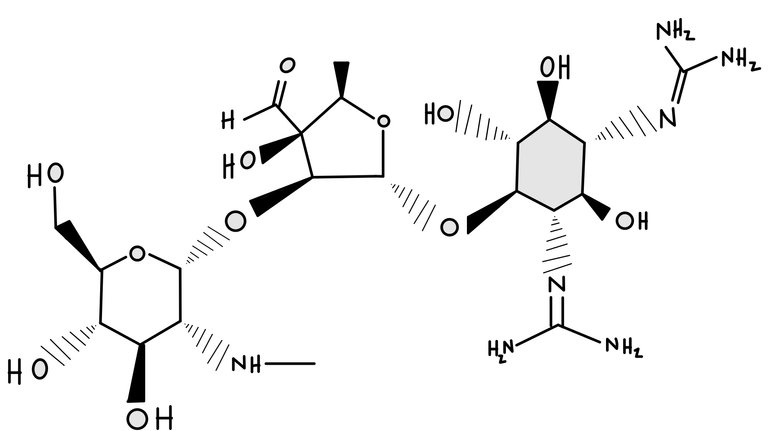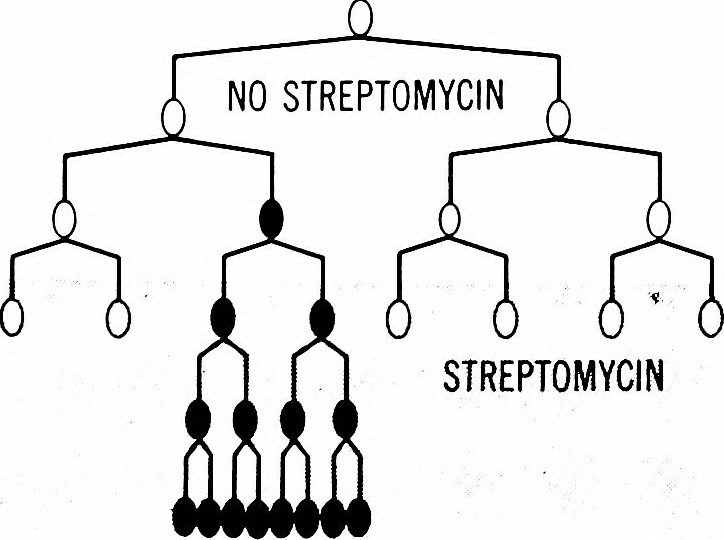The Discovery of Streptomycin and its Effect on Tuberculosis
You might have heard about the Nobel Prize in Medicine awarded to Selman Waksman in 1952 for his groundbreaking discovery of Streptomycin, the first effective medicine against tuberculosis. Interestingly, while Waksman received the accolade, one of his students, Albert Schatz, played a crucial role in the development, having his name on the Streptomycin patent and the scientific paper introducing the drug.
The discovery of Streptomycin started from Robert Koch in the 1880s where he discovered the bacteria Mycobacterium tuberculosis to be the causative bacteria for the disease tuberculosis. With improved hygiene, the transmission of the disease reduced but while this was functional a little, there wasn't a drug to treat the disease. Although there was a vaccine to treat the disease, it wasn't effective.
Other bacterial infections had antibacterial that were able to treat them such as sulfonamides, and penicillin but neither of them worked for Mycobacterium tuberculosis. The bacteria had mycolic acid in its cells which made it difficult to treat. While some doctors were able to use sulfa drugs to treat tuberculosis but it wasn't effective. This disease was of concern because it was one of the most deadly disease at the time. Selman Waksman who as a soil microbiologist who was interested in Actinomycetes. Why these organism was similar to fungi, they were actually bacteria.
They learnt that Actinomycetes was able prevent the growth of certain bacteria, and decided to keep investigating the bacteria. In 1940, Harold Boyd Woodruff a student of Waksman, and Waksman names a compound known as Actinomycin with its bacteria actiomycin antibioticus and this compound worked against gram positive bacteria in vitro but was too toxic for human use.
Albert Schatz was discharged from the army in 1943, and began to work on using antibiotics on different bacteria including E.coli and Mycobacterium tunerculosis. In his research he came across Actinomyces Griseus which is a microbe that Waksman had previously studied.
He got two strains one from a chicken and the other from soil but then, the antibiotic was effective against both gram positive bacteria and gram negative bacteria, including tuberculosis.The substance was named Streptomycin and it is an Aminoglycoside and they kill bacteria by preventing the cells from making proteins.

getarchive
William Feldman and Corwin Hinshaw soon reached out to Waksman to do clinical testing with streptomycin which they tested on guinea pigs and came out successful. It also cured other gram negative bacteria like the ones that caused plague and tularemia in animals.
In 1994 Patricia Patsy Thomas was the first patient to be treated against tuberculosis with streptomycin. Several other human trials continued and in the year 1947, the FDA approved it as a treatment for tuberculosis
The journey from Robert Koch's identification of Mycobacterium tuberculosis in the 1880s to the development of Streptomycin in the mid-20th century represents a remarkable chapter in medical history.
Streptomycin's emergence as the first effective treatment for tuberculosis not only earned Waksman a Nobel Prize but also transformed the landscape of infectious disease management, although his assistant wasn't acknowledged which is something that he contested but as you would expect that with science, a group of people do the hard work to get the discovery but then one person is acknowledged.
Read More
https://www.ncbi.nlm.nih.gov/books/NBK441916/
https://www.nature.com/articles/s41579-022-00763-4
https://www.ncbi.nlm.nih.gov/pmc/articles/PMC4526729/
https://www.nobelprize.org/uploads/2018/06/waksman-lecture.pdf
https://www.ncbi.nlm.nih.gov/books/NBK555886/
https://www.ncbi.nlm.nih.gov/pmc/articles/PMC4888811/
https://patentimages.storage.googleapis.com/ba/26/7c/93a3207b6374ea/US2449866.pdf
https://journals.asm.org/doi/10.1128/ecosalplus.esp-0002-2018
https://www.ncbi.nlm.nih.gov/pmc/articles/PMC7137170/
https://www.ncbi.nlm.nih.gov/pmc/articles/PMC374755/pdf/jbacter00732-0074.pdf
https://journals.sagepub.com/doi/abs/10.3181/00379727-49-13515
https://journals.asm.org/doi/10.1128/jb.44.3.373-384.1942
https://journals.asm.org/doi/pdf/10.1128/jb.45.3.233-248.1943


Thanks for your contribution to the STEMsocial community. Feel free to join us on discord to get to know the rest of us!
Please consider delegating to the @stemsocial account (85% of the curation rewards are returned).
Thanks for including @stemsocial as a beneficiary, which gives you stronger support.